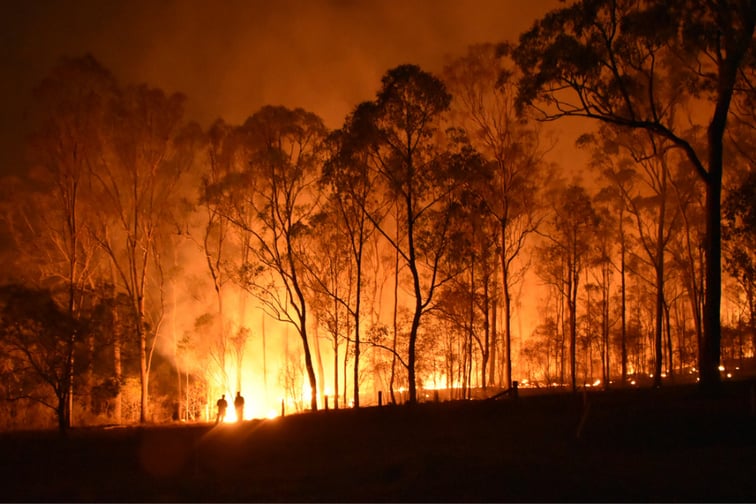

On the week of the one-year anniversary of the catastrophic wildfire event that consumed the village of Lytton, BC, the Insurance Bureau of Canada (IBC) has announced that debris-removal work is underway for residents of insured homes and businesses.
According to IBC, 2021’s wildfires were the second worst on record for insured loss, just behind the 2003 wildfires. Citing figures from CatIQ, IBC also said that the wildfire that devastated Lytton is estimated to have caused over $100 million in insured damage.
The recovery process has been challenging for residents of the wildfire-ravaged village – some have even complained of the delay in the recovery efforts – but IBC said that it was pleased that the clean-up process has finally started.
“The situation in Lytton is unique and unlike any post-disaster reconstruction effort in Canadian history,” said IBC Pacific and Western vice president Aaron Sutherland. “While Lytton’s residents and businesses have had little reason for optimism over the past year, we now have a path to begin the recovery, and I’d like to commend and thank everyone involved in getting us to this point.”
Sutherland added that it is important that everyone continues to work together during the rebuilding process to make sure it stays on track.
“We are now at a point where we can turn frustration into hope that the Village of Lytton will thrive once again in the very near future,” the vice president said.
IBC stated that the timeframes for debris removal for individual properties will vary, depending on the “complexity” of the recovery and potential environmental contamination of the site.
The bureau also noted that insurers have recognized the likelihood that indigenous archaeological artifacts may be found in the wildfire-damaged area among the damaged properties, and thus have supported a “respectful, responsible and timely debris removal process that protects these items.” IBC noted that the additional cost for this archeological work is now being covered through financial support committed from the BC government, for both insured and uninsured properties – as archaeological work is typically not covered by insurance.
